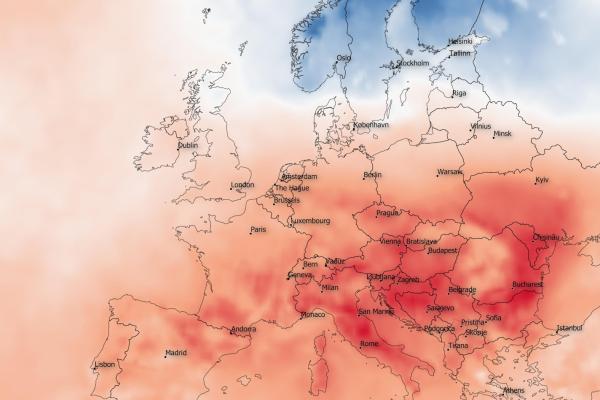
The Commission launches today the EU Tourism Dashboard, a new tool to help policy makers at country and regional level to steer policies and strategies in the tourism ecosystem. The aim of this tool is to improve access to statistics and policy-relevant indicators for tourism, supporting destinations and public authorities in tracking their progress in the green and digital transition.
The tourism ecosystem was one of the most heavily affected by the measures put in place to curtail the COVID-19 pandemic. Making it more resilient through the twin transition became a strong policy priority. The dashboard will support both competent authorities and businesses to identify vulnerabilities and define strategies for improvement.
The dashboard will allow tourism decision makers - be it countries or regions - to identify socio-economic vulnerabilities, thus supporting the development of effective strategies for tourism. Using a range of consistent and evidence-based indicators at national and regional level, tourism decision makers and managers will be able to recognise vulnerabilities such as high seasonality or high dependence on visitors from few origins as well as identify key marketing advantages such as excellent bathing waters or diversity of tourism offers.
The dashboard is an interactive web platform, visualising statistical data and newly developed tourism indicators, organised under four areas: environmental impacts, digitalisation, socio-economic vulnerability, and basic tourism descriptors. The data and indicators can be consulted in two ways: through destination, where information is available for one single tourist destination (country or region), and through an indicator map view, where the user can see how a specific indicator varies across tourist destinations.
The Dashboard is made available at its launch in all official EU languages through machine translation.
Background
The EU Tourism Dashboard has been developed by the JRC and the Commission’s Directorate-General for Internal Market, Industry, Entrepreneurship and SMEs, following a request by EU countries in 2021 to design a tool for the tourism ecosystem. The initiative contributes to the Transition Pathway for Tourism published in February 2022, which was created in collaboration with public and private EU tourism stakeholders to identify 27 areas of actions for the green and digital transition and for improving the resilience of EU tourism.
Details
- Publication date
- 19 October 2022
- Author
- Joint Research Centre




